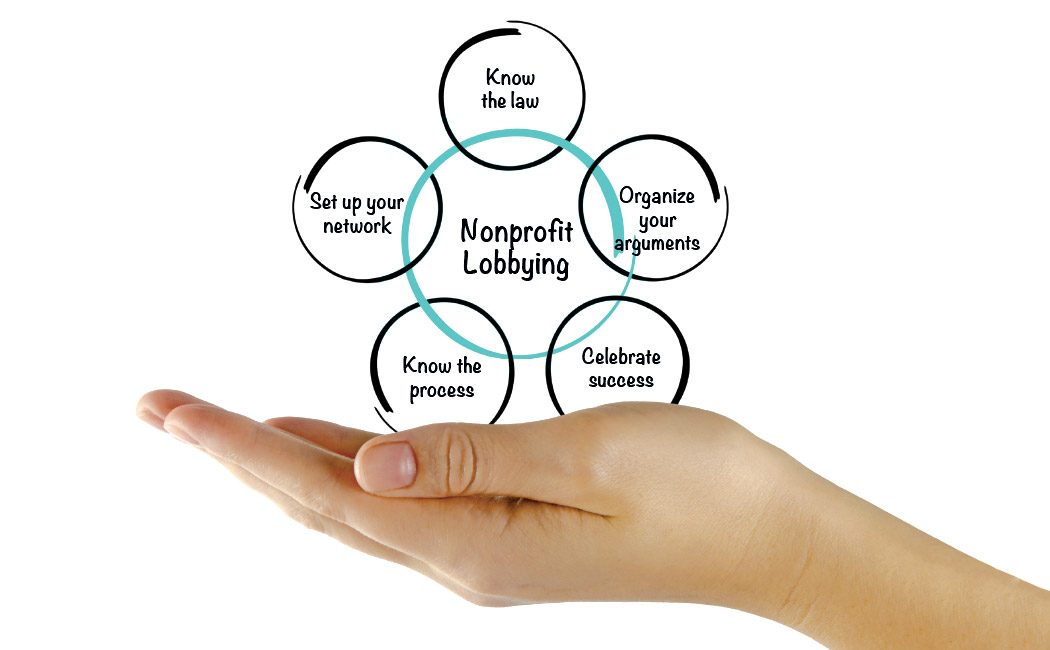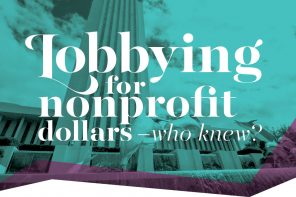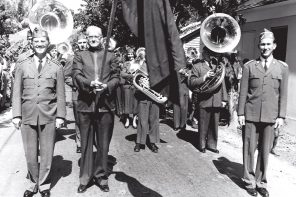Know the difference between nonprofit lobbying and advocacy
Nonprofit lobbying and advocacy are often confused, but legislators usually need both to make informed decisions.
Advocacy is focused on education about a specific issue on behalf of an organization. Lobbying is a type of advocacy. It’s important to know the difference to report activities and expenditures. Lobbying involves an attempt to influence specific legislation.
Examples of lobbying:
- Meeting with members of the Appropriations Committee in Washington to ask for support of a proposed increase in funding for a specific federal program.
- Calling congressional staff to ask a member of Congress to write a letter to a chair of a key committee in support of passage of a specific bill.
Examples of non-lobbying advocacy:
- Distributing materials to congressional offices that describe the success of a federally funded program.
- Inviting legislators to visit a program so they can see first-hand how funding is used.
Basic tips to start the lobbying process
Before you begin lobbying for your cause, you’ll need to know about:
- The legislative process
- Organizing your group’s government relations committee
- Setting up a legislative network
- The law governing lobbying by nonprofits
Your lobbyist—paid or volunteer—should have strong interpersonal skills and know:
- A few basics about the legislative process
- Several main arguments for the bill you are supporting
- Your group’s organizational structure and how it communicates with its grassroots
Nonprofit lobbying spending guidelines
Heeding the admonition that ‘you must spend money to make money,’ nonprofits struggle to find the funds for lobbying. But even if extra dollars are available, knowing how much to spend legally is often unknown.
Under the 1976 Lobby Law, lobbying is a proper function of groups that are tax-exempt under Section 501(c)(3) of the Internal Revenue Code.
By filing with the IRS, a 501(c)(3) organization can elect to fall under the law, meaning the amount of an organization’s legislative activity is based solely on its expenditures—an option known as the 501(h) expenditure test.
Lobbying spending ceilings are based on percentages of a nonprofit’s budget for the year:
Budget: $1 – $500,000
Spending Ceiling: 20%
Budget: $500,000 – $1,000,000
Spending Ceiling: $100,000 + 15% of excess over $500,000
Budget: $1,000,000 – $1,500,000
Spending Ceiling: $175,000 + 10% of excess over $1,000,000
Budget: $1,500,000 – $17,000,000
Spending Ceiling: $225,000 + 5% of excess over $1,500,000
Budget: $17,000,000 +
Spending Ceiling: $1,000,000
Up to a quarter of total lobbying expenditures may be spent on grassroots lobbying.
Direct lobbying is communication that is directed toward a legislator or staff, refers to specific legislation, and expresses the organization’s view on the legislation.
Grassroots lobbying refers to communication that is directed to the general public, refers to specific legislation, reflects a view of the legislation, and encourages the recipient to take action with respect to the legislation.
There is no federal limit on how much non-lobbying advocacy a nonprofit organization can do.





